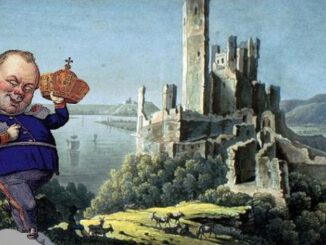
Napoleonic Era
This time has shaped our region, back then the Grand Duchy of Berg, and Napoleon’s laws lasted long beyond his reign. In the Rhineland, the Napoleonic Code was in use until the introduction of the Bürgerliches Gesetzbuch (civil code of Germany) in 1900.









